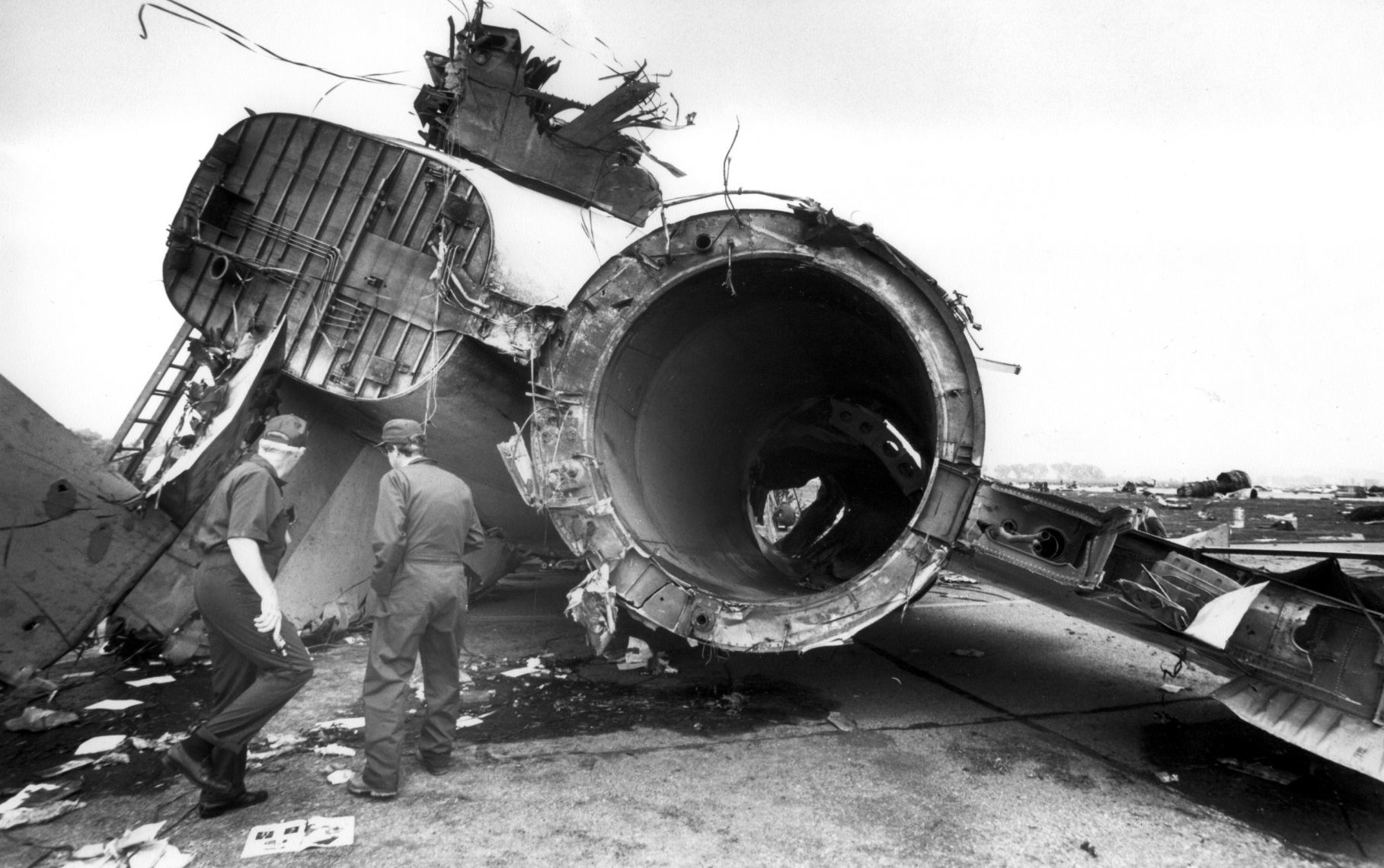
That added another 285 people trained in triage and evacuation to help out.Īs flight 232 began its final descent about 45 minutes after the trouble began, Fitch manipulated the throttle to bring the aircraft down. In addition, the Iowa National Guard happened to be on duty at the Sioux City Gateway Airport. Because the accident happened during shift changes at the regional trauma center and the regional burn center in Sioux City, there was nearly double the normal roster of medical personnel available to treat victims. Meanwhile, emergency crews gathered on the runway. They dumped fuel and made a series of right-handed turns (it was easier for the crew to steer the plane in this direction) to line up with the relatively short 6,600-foot runway 22 at Sioux City. The crew scrambled to prep for a rough landing. The crew contacted United’s San Francisco maintenance base for help, but because of the cataclysmic nature of the accident, they, too, were unable to help. Using differentiating thrust (decreasing power to one engine, while increasing it to the other) they discovered they could crudely maneuver the plane as well as decrease altitude.įitch also manually lowered the landing gear, hoping this action would pump some remaining hydraulic fluid back into the system and restore a small amount of control. He offered to help the crew, who had found that the throttles for the two intact engines still responded. Fitch, a United DC-10 flight instructor was aboard.

He contacted the nearby Sioux City Gateway Airportto coordinate an emergency landing.Īs luck would have it, Dennis E. Captain Haynes knew the situation was extremely dire: If the DC-10 did not land soon, it would eventually go completely out of control and crash.

2 engine and subsequent explosion caused the plane to oscillate and lose altitude. The 120-ton vessel loaded with 296 people was hurtling more 6 miles above the ground, and there was no way to control it.

When he attempted to maneuver the jet, he found the controls had absolutely no response.


 0 kommentar(er)
0 kommentar(er)
